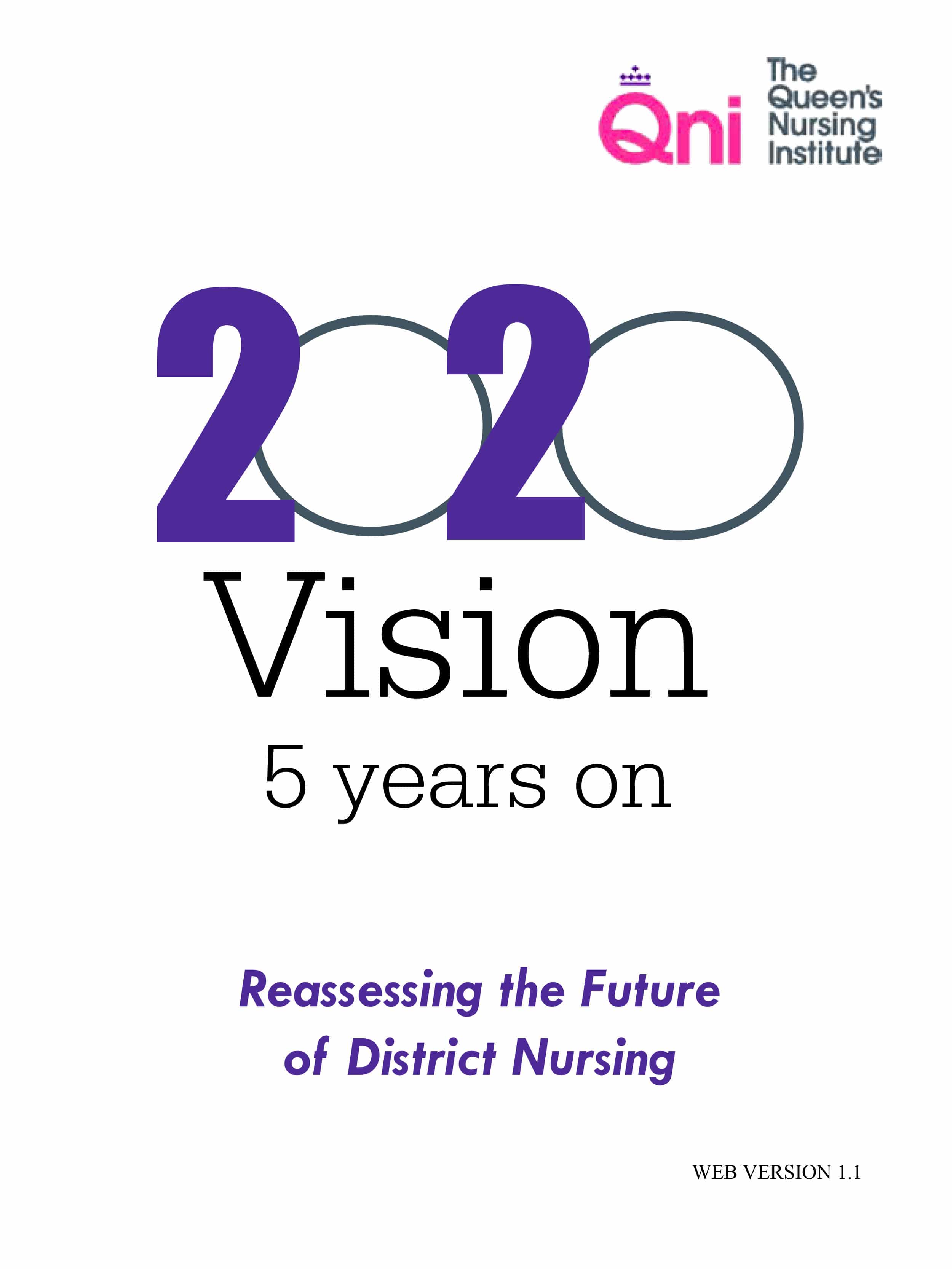In 2014 the QNI published a new survey of District Nursing, based on the responses of 1035 nurses. The survey results contained many causes for concern, including:
- 70% of respondents said that their team’s morale was low
- 83% said that communication with hospital discharge services was poor
- 60% said that they did not have enough staff to meet current workload
- 36% said there were fewer qualified nurses in their teams than five years ago
- Only 25% used mobile technology while at work
The report also contains many positive points, including the strength of District Nurses’ identity and professionalism, and the high regard they are held in by patients and colleagues.
The document summarises the challenges that are facing District Nurses today, and makes a number of key recommendations for the future.
Executive summary
This report provides a picture of the District Nursing profession at the time the survey was carried out, in late 2013. The study provides an update on the picture that existed in 2009, as depicted in the QNI’s report published that year, ‘2020 Vision’.
We asked a number of key questions of District Nurses, to gather intelligence about key elements of the structure, organisation, and challenges currently facing the District Nursing service.
The ongoing imperative to gather data about today’s District Nursing services comes in light of the rapid change in NHS organisation, and the continuing fall in District Nurse numbers.
The report presents some troubling figures, particularly in regard to confusion around job titles, methods of service planning, use of technology, communication with other health and social care organisations, and morale.
There are also some areas for cautious optimism, including the recognition of the value of the District Nursing Specialist Practitioner Qualification, in the growing use of patient outcomes as a service metric, and in partnership working with certain key colleagues such as General Practitioners. The report draws a number of conclusions from the survey results, and proposes a number of actions to address these conclusions.
 Back to Resources
Back to Resources 
